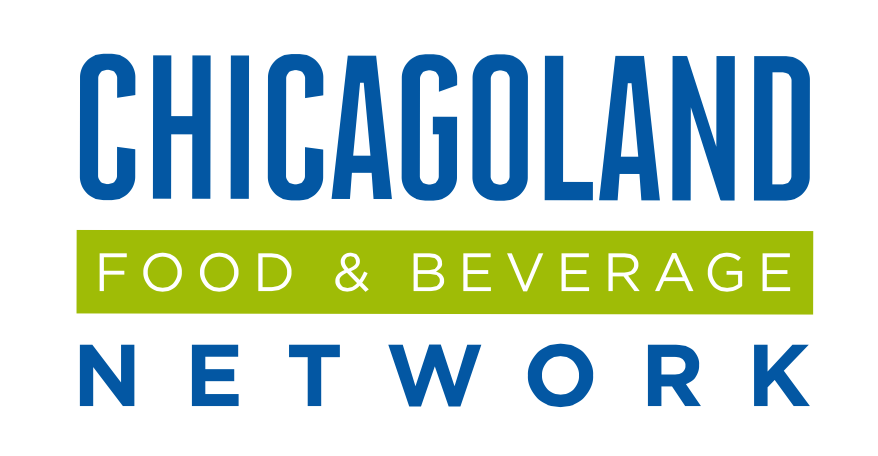CFBN Board Chair Andria Long sat down with our Communications Lead Anna Briggs Pirila to discuss the consumer and company trends the food and beverage industry has seen this year. This article provides a summary of the key trends that we see are impacting our industry.
Safety continues to be a top priority for consumers. As the pandemic continues, businesses will need to continue to showcase their commitment to keeping their products and operations covid-safe. Small gestures -- such as having hand sanitizer readily available and employees wearing masks -- go a long way with consumers. Some consumers are even willing to make temporary trade-offs on sustainability benefits to ensure that products are safe: a great example is the rise of individually packaged single-use items.
The pandemic has driven more flexible shopping options for consumers. Brands now have to pivot as they cater to the new shopping experience. More recognizable brands will have to shift the money they spend on in-store marketing to more online efforts. However, niche brands have already been savvy about utilizing social media to highlight their products to consumers.
The out-of-stock supply of some major brands has allowed consumers to try other options. The products that serve consumers' needs better will become the new staples in their homes. With the rising trend of being able to quickly re-order last week's grocery list, the competition to be the consumers' go-to product is fiercer than ever.
Immediate buying options becoming more prominent in advertising. For example, a commercial might have a QR code to the product's website. On Amazon Prime Video, some ads have an option to add the displayed product directly into your Amazon shopping cart.
A key value of CFBN during the pandemic is the sharing of best practices. Andria Long believes that CFBN provides a forum for sharing the learnings that each company, small and large, has figured out along the way. Andria shared an example about organizations engaging in drive-up consumer tests - an innovative way to make food testing covid-safe - being an example of something she hadn't yet considered.
Today, no business has a playbook for these unprecedented times. So, hearing about the learnings from industry leaders and innovative brands is invaluable. Join CFBN at upcoming events (see below) to maximize the value of your membership!
